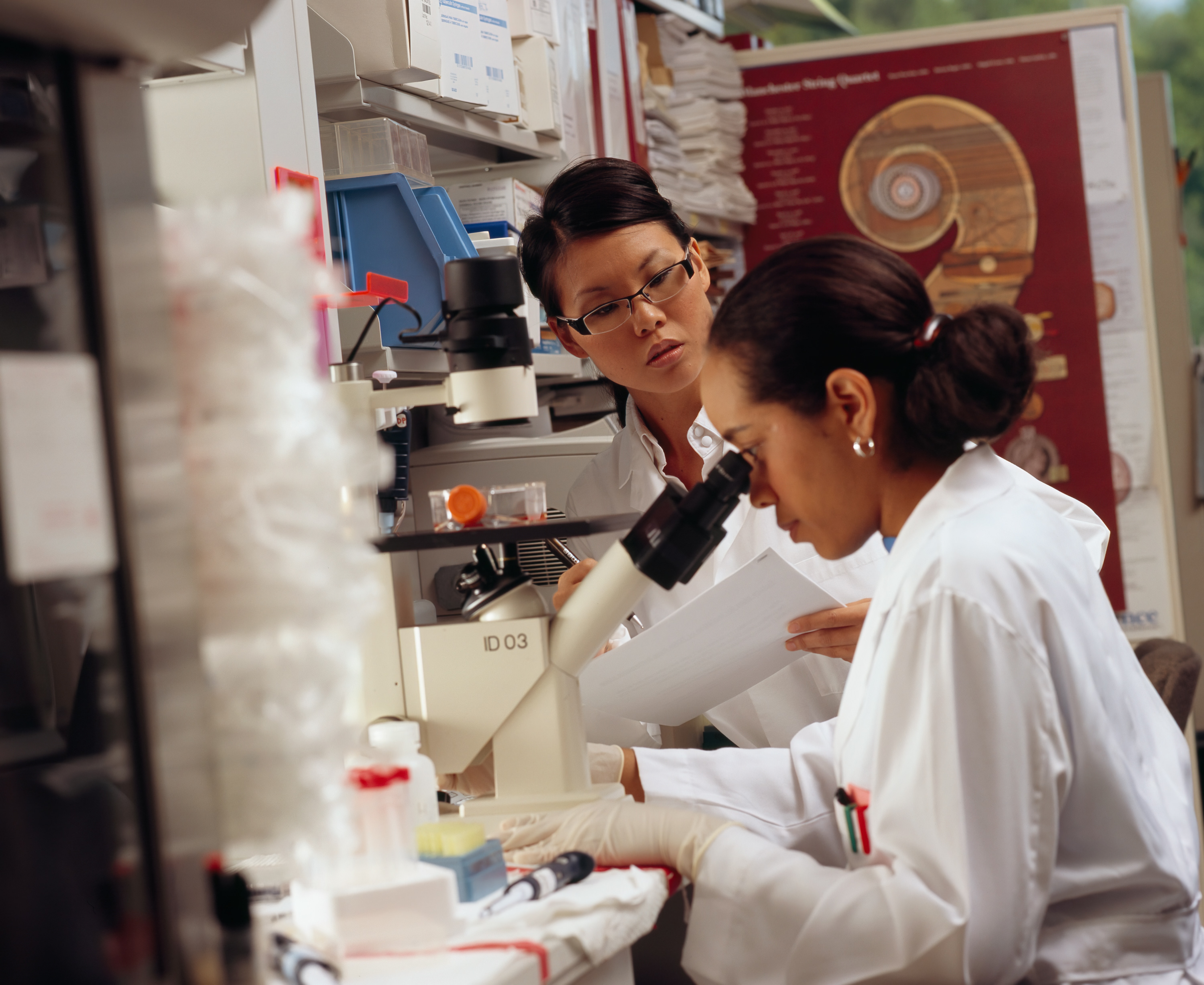
"Sample Classroom Activities for Green STEM Practices offer educators a collection of hands-on, interactive lessons designed to integrate sustainability into STEM subjects. These activities are carefully crafted to engage students in real-world environmental challenges, fostering critical thinking and problem-solving skills. Examples include projects like 'Atmospheric Water Collection,' where students explore innovative ways to harvest water from the air, and 'Renewable Energy Experiments,' which introduce them to solar and wind energy solutions. Each activity is aligned with Green STEM principles, encouraging students to apply scientific knowledge to create sustainable solutions for a greener future."

"Sample Classroom Activities for Green STEM Practices offer educators a collection of hands-on, interactive lessons designed to integrate sustainability into STEM subjects. These activities are carefully crafted to engage students in real-world environmental challenges, fostering critical thinking and problem-solving skills. Examples include projects like 'Atmospheric Water Collection,' where students explore innovative ways to harvest water from the air, and 'Renewable Energy Experiments,' which introduce them to solar and wind energy solutions. Each activity is aligned with Green STEM principles, encouraging students to apply scientific knowledge to create sustainable solutions for a greener future."

This Green STEM teacher professional development model incorporates innovative learning and teaching tools specifically designed for natural sciences and sustainability. The professional development model consists of two stages. The first eight modules of the program address the theoretical foundations of the GREEN STEM approach prepared for teachers and the understanding to be imparted. The last seven modules include practical and interactive GREEN STEM in-class practices, serving as a guiding framework for teachers in the instructional process.
In the theoretical section, content that teachers need to acquire related to the Green STEM model includes an introductory module establishing the philosophical and theoretical foundations of green STEM education, insights from GREEN STEM research regarding future professions, the transformation of learning environments and research areas in the Green STEM context, and content on evaluating GREEN STEM learning and teaching processes and instructional practices. In addition, examples of applied and interactive activities consist of activities and teaching materials such as " Atmospheric Water Harvesting" " Renewable energy sources: Salt Tower & 24/7 (uninterrupted) use of Solar Energy " "Green Agriculture and Industrial Products: Pectins from Sunflower," and "Design-Based Green STEM Practices: Sun Dryer."


